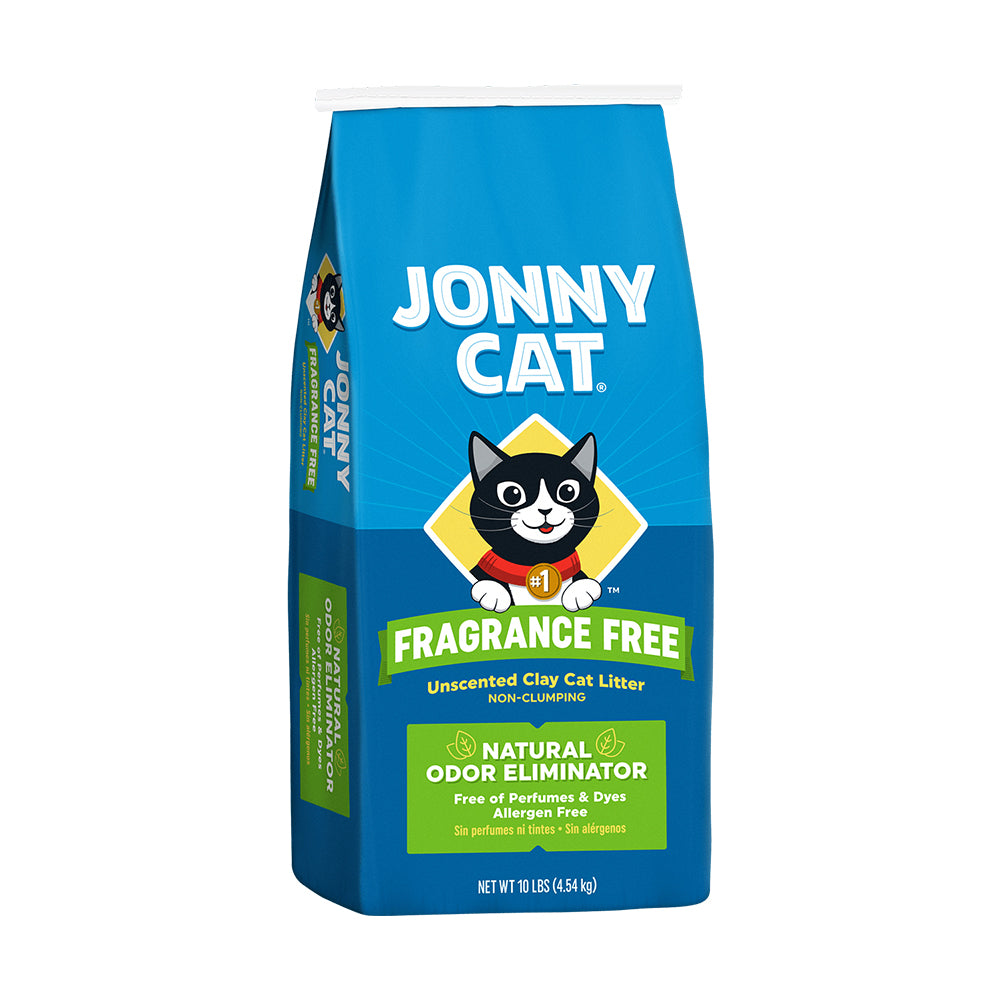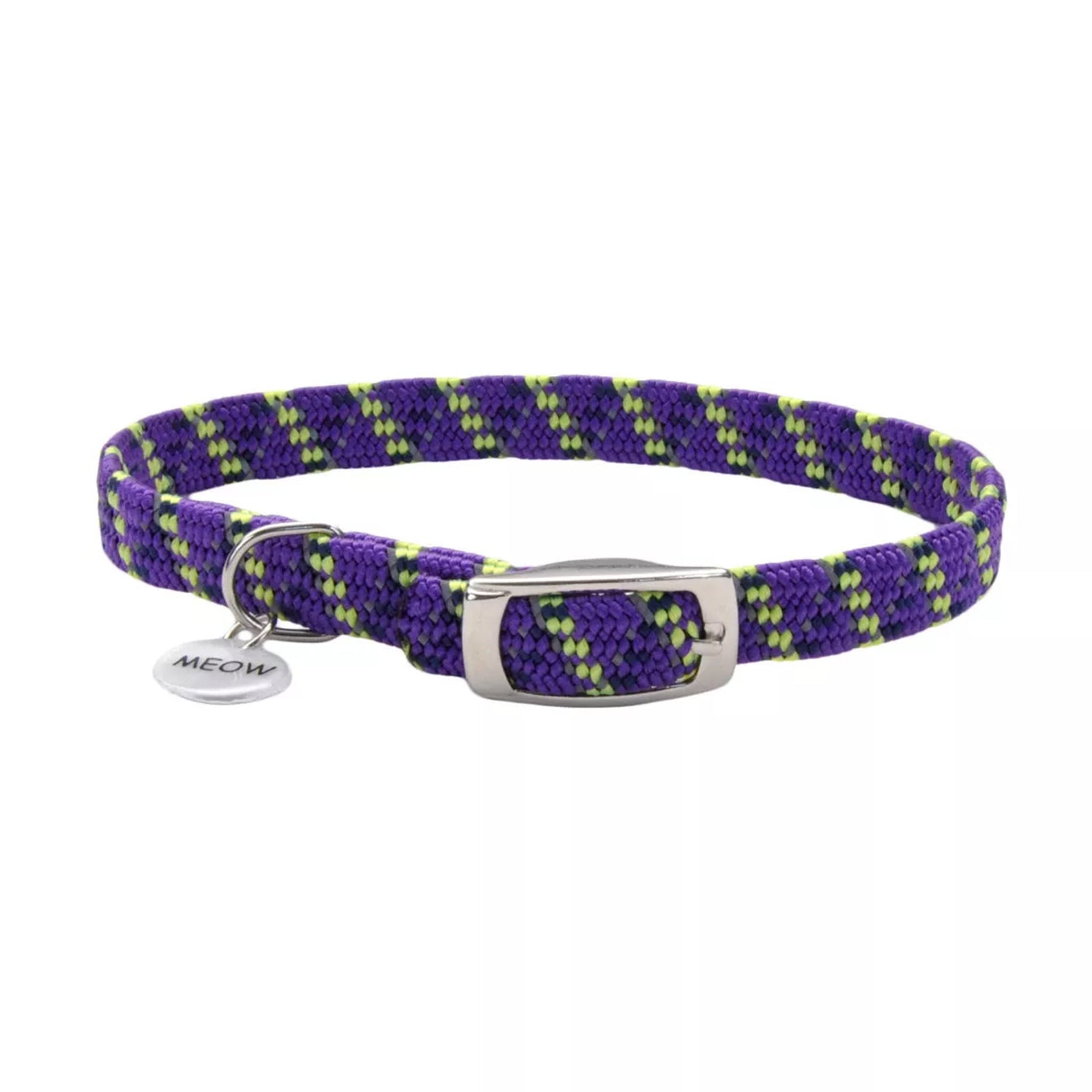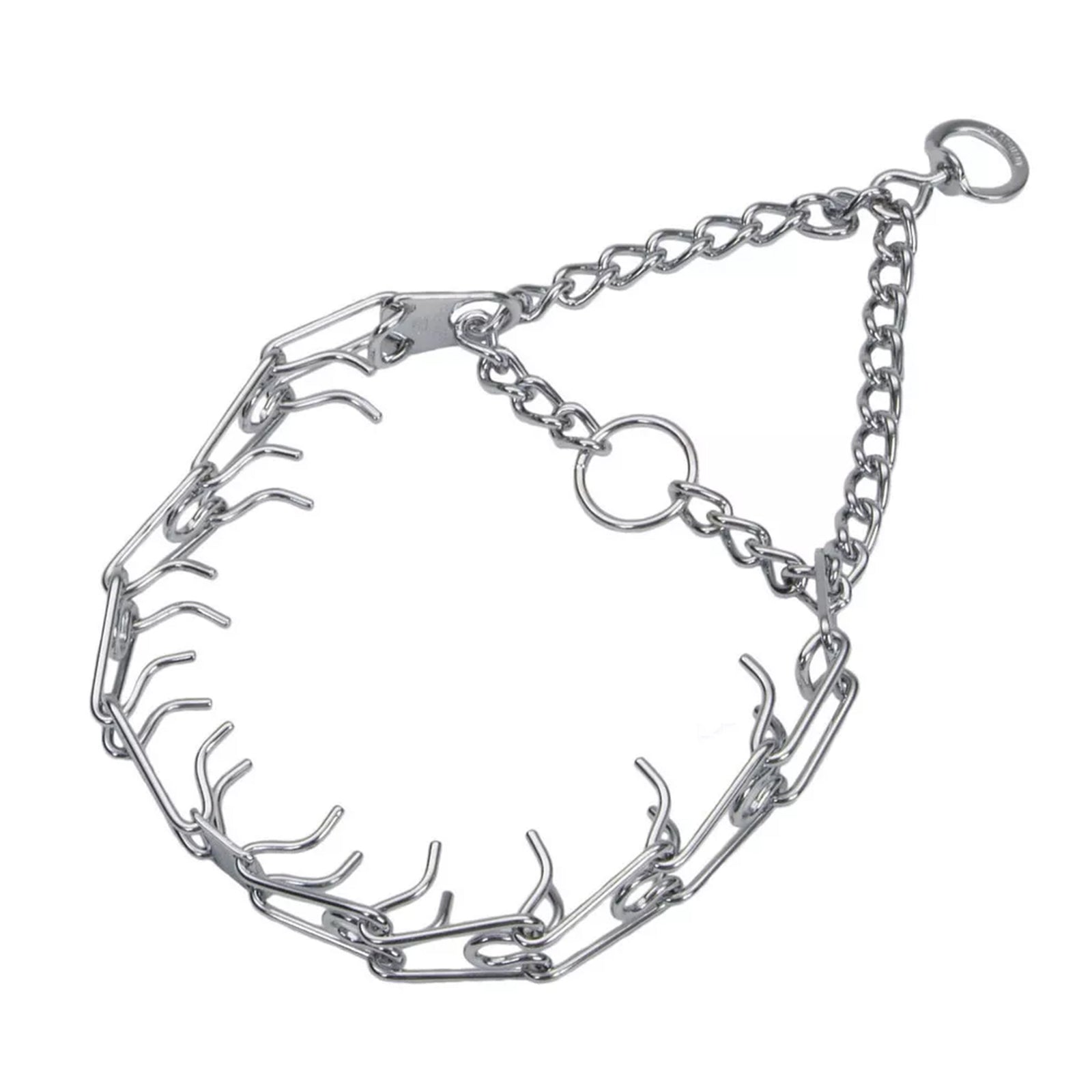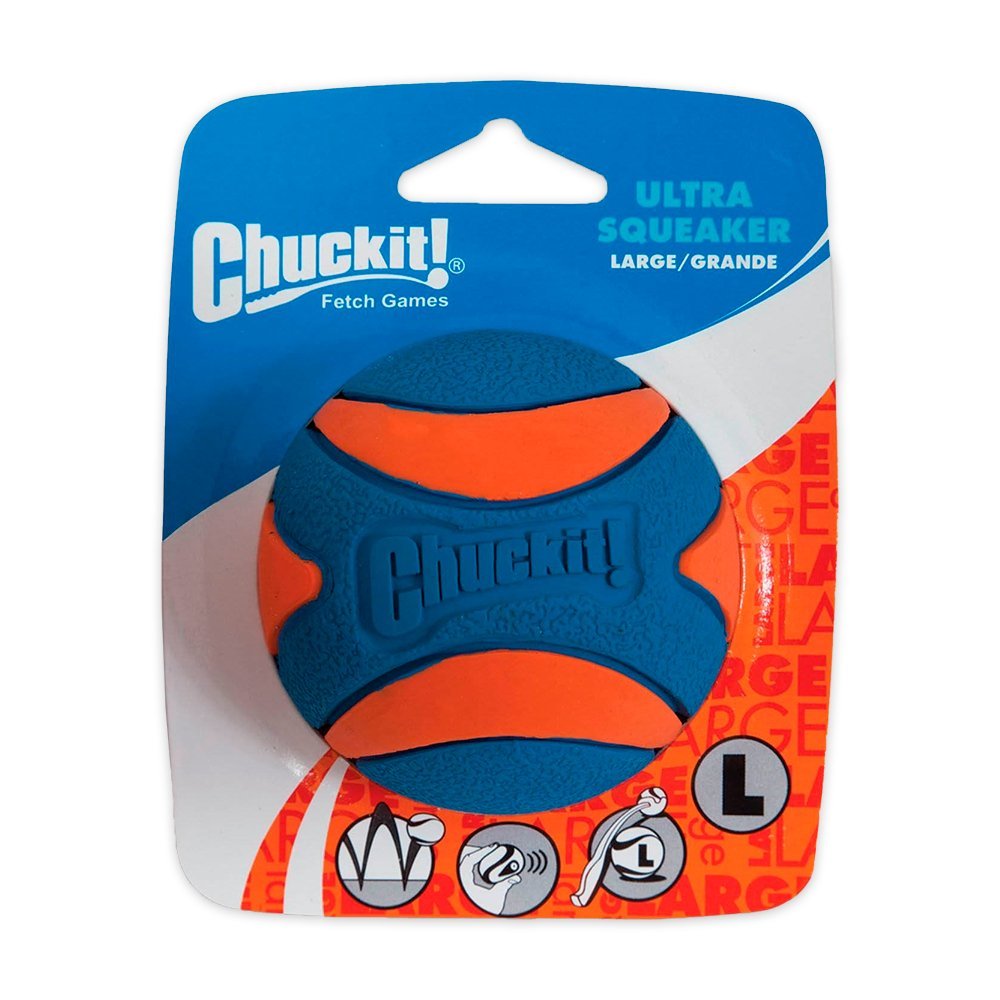📌 How Often to Change Cat Litter Box & Keep Odors Away
This complete guide explains how often to change the cat litter box, covering daily scooping, weekly deep cleans, and tips for multiple cats, kittens, and seniors. Learn why litter hygiene matters, and highlight the best cat litter accessories to pair with your cat’s litter box, such as Litter-Lifter’s scoop, World’s Best Cat Litter’s litter, Petmate’s litter mat, Arm & Hammer’s cat litter pan, and Jonny Cat’s disposable tray.
This blog will also assist in how to spot signs it’s time for a change and how the best cat litter keeps homes fresh and stress‑free.
Wondering if you have waited too long? When you caught yourself whiffing on your cat’s litter box from across the room, oops! You did wait for too long. And keeping your cat's litter box clean is all about odor control only? Naah, it’s essential for their comfort, hygiene, and health. Yet, many cat owners still wonder how often to change the cat litter box and what “clean” actually means.
Cats may start avoiding their litter boxes because a dirty box can lead to more than just bad smells, it can also cause accidents around the house. In some cases, prolonged exposure to dirty litter may even contribute to urinary tract infections (UTI) or behavioral stress.
The good news? Maintaining litter box hygiene doesn’t have to be a mystery. Once you understand the right cleaning schedule and techniques, it becomes an easy, daily habit that keeps your cat happy and your home odor-free.
In this guide, you’ll learn exactly how often to change cat litter box, from daily scooping to deep cleaning. (plus special tips for multiple cats and kittens)
Why Litter Box Cleanliness Matters More Than You Think
Cats care a lot about cleanliness. Out in the wild, they bury their waste to keep predators off their trail, it’s built into them. At home, if their litter box is dirty, it messes with their instincts. They get anxious. Some won’t even use the box.
Skip regular cleaning, and you risk more than just a smelly room. Bacteria can build up fast, leading to things like urinary tract infections or kidney problems. Cats might start peeing outside the box, too. On the flip side, a clean box isn’t just about hygiene. It helps you spot anything strange, changes in urine or stool that could mean your cat’s sick.
And let’s be honest, no one likes a house that smells like a litter box. Clean boxes keep the air fresh and help your cat feel safe. If you want to make life easier, go for the best cat litter that clumps well and really traps odor. A small change, but it makes a huge difference for you and your cat.
The Ultimate Litter Box Cleaning Schedule: Daily, Weekly & Monthly Tasks
A structured routine is the secret to maintaining a healthy litter box environment. Let’s break it down into simple daily, weekly, and monthly actions.
Daily Cat Litter Scooping Tips (What to Do Every Day)
Scooping your cat’s litter box twice a day turned out very effective, once in the morning and once in the evening. This keeps the surface fresh and prevents odor from building up. Use a sturdy scoop to remove waste while preserving the clean litter underneath.You might find the Litter-Lifter Magic Scoop especially helpful, it features unique peaked tines that allow clean litter to fall through easily, making scooping faster and reducing dust. It’s designed to minimize effort and avoid clogging, which means you can scoop with fewer passes and less mess.

Litter-Lifter Magic Cat Scoop Assorted Large
Pro Tips:
-
20- 30 minutes after the meal, proved to be the best time to scoop.
-
Prefer clumping litter for low maintenance.
-
Always keep your cat litter accessories like Litter lifter scoop and bags near the box for convenience.
For reducing smell, we suggest consistency in daily cat litter scooping. This habit helps monitor your cat’s health through visible waste changes.
Weekly Deep Clean Routine (Complete Litter Change)
For full refreshment in your cat litter box, empty all the litter and wash the box using soft mild soap and warm water for best results. Once a week, avoid using ammonia-based or heavily scented cleaners, as they mimic urine smells or repel cats.
Scrub corners and edges, rinse well, and dry completely. If you prefer, sprinkle a thin layer of baking soda before adding 2–3 inches of fresh litter. Replace liners if you use them. You might want to try the World’s Best Cat Litter’s Low Tracking & Dust Control Multiple Cat Unscented Formula, an unscented, low-tracking option made from natural corn that provides excellent odor control and is gentle on your cat’s paws. It’s especially great for multi-cat households and helps keep the litter box fresher longer.

World's Best Cat Litter Low Tracking & Dust Control Multiple Cat Unscented Formula 8-lb
A clean box supports odor control and reduces illness. Remember, how often to change cat litter box depends partly on the litter type, but a weekly full change is a safe rule of thumb.
Bi-Weekly & Monthly Maintenance Tasks
Cleaning a box turned out very tidy, but don't ignore the surroundings! So every two weeks, vacuum around the litter box, clean mats, and inspect for cracks or scratches where bacteria can hide. For a reliable mat that's both durable and easy to clean, the Petmate Flexible Cat Litter Mat is a great choice to help keep the area tidy and comfortable for your cat. Maintaining these small habits consistently ensures long-term cleanliness and comfort for your pet’s space.

Petmate Flexible Cat Litter Mat Assorted One Size
Maintaining these small habits ensures long-term cleanliness and comfort for your cat, a simple yet vital part of caring for your pet’s space.
Cleaning Frequency Chart
This chart can be used as your gentle reminders for daily and weekly cleaning routines:
|
Cleaning Task |
Frequency |
Time Required |
|
Scoop waste |
Twice Daily |
2–3 min |
|
Add fresh litter |
Daily |
1 min |
|
Daily |
Daily |
1 min |
|
Complete litter change |
Weekly |
10–15 min |
|
Wash & disinfect box |
Weekly |
15 min |
|
Clean litter mat |
Bi-weekly |
5 min |
|
Replace box |
Every 6–12 months |
20 min |
Special Circumstances: Adjusting Your Litter Box Cleaning Frequency
Litter Box for Multiple Cats: Multiply Your Efforts
Have 2 or more cats? Don't worry, we understand that increases the work load, but always remember the golden rule: one litter box per cat and plus one extra. For multi-cat homes, scoop at least 3-4 times daily and change litter every 3-4 days.
You can try spreading boxes across different rooms because cats prefer separate spaces, and it also helps prevent dominance issues. And if your cat wants space you better give them the best, Arm & Hammer Wave Cat Litter Pan which is in dark gray color and the best part, it offers a spacious and comfortable option for your feline which is a great option for multi-cat homes.

Arm & Hammer Wave Cat Litter Pan Dark Gray Large
Ensuring safety, having a right setup and litter box for multiple cats can prevent avoidance and accidents while keeping everyone happy.
Litter Box Hygiene for Kittens: Extra Care for Little Paws
Just like kids, kittens are highly curious, they are active, and use their litter boxes more frequently than adult cats and the count says up to 6–8 times a day! During the training, scooping after nearly every use, if it's possible in your busy schedule.
The first four months are the initial days of ur kitty, avoid using clumping and scented litter. Because your kitty’s safety is your responsibility, while exploring they might ingest some accidentally, for the safer reasons you might find the Jonny Cat Fragrance-Free Clay Cat Litter as a gentle and safe option, that features as a natural odor eliminator which is free from perfumes or dyes and especially suited for sensitive kittens during their early litter training period.

Jonny Cat Fragrance Free Clay with Natural Odor Eliminator Cat Litter 10-lb
Once your kitten matures, you can gradually switch to clumping litter like Jonny Cat Cat's Pride KatKit All-In-One Disposable Tray Pre-filled with Litter for convenience. Jonny cat has a wide range of varieties of clumping and non-clumping litters. Consistent litter box hygiene for kittens is key to long-term success and prevents bad habits from forming.

Jonny Cat Cat's Pride KatKit All-In-One Disposable Tray Pre-filled with Litter 3.9-lb
Senior Cats & Medical Conditions
Senior cats often deal with medical issues like diabetes and may urinate frequently. For their comfort try to provide boxes with lower sides for easy access, and do not forget to scoop multiple times daily your old feline’s comfort is more important than you think.
When your furry feline needs extra care and love, a great option to consider is the Arm & Hammer Rimmed Wave Cat Litter Pan, which features a lowered side for gentle entry and exit, making it especially suitable for older cats needing extra care and comfort.

Arm & Hammer Rimmed Wave Cat Litter Pan Pearl White/Dark Gray Large
If your cat struggles to reach the litter box, consider adding extra boxes on different floors. A clean, accessible environment reduces accidents and stress for aging cats.
Step-by-Step Guide: How to Properly Clean and Change Your Cat Litter Box
Cleaning doesn’t need to be complicated. Follow these simple, concise steps:

Step 1: Gather Your Supplies
Collect gloves, scoop, trash bags, mild soap, scrub brush, paper towels, and fresh litter all within reach to speed up cleaning.
Step 2: Prep the Area
Lay down newspapers or a mat to protect your floor while removing the litter box.
Step 3: Scoop It Out
Use a scoop to sift litter, removing clumps and solids carefully. Dispose waste in a sealed bag. This daily habit is essential for cleanliness.
Step 4: Dump the Old Litter
Empty the box entirely into a trash bag. Never flush litter unless explicitly safe to do so.
Step 5: Clean the Box
Scrub with mild soap and warm water, focusing on edges and corners. Rinse well and dry thoroughly. This weekly wash keeps bacteria at bay.
Step 6: Add Fresh Litter
Once a month, apply a pet-safe disinfectant, let it sit briefly, then rinse completely.
Step 7: Final Touch
Add 2–3 inches of fresh litter and return the box to its regular spot. Consistency helps cats feel comfortable. Choose the best cat litter for odor control and easy clumping.
Factors That Affect How Often to Change Cat Litter Box
|
Type of Cat Litter |
Cleaning Frequency |
Features |
|
Clumping Clay Litter |
Scoop daily; full change every 7–10 days |
Excellent odor control, forms hard clumps |
|
Non-Clumping Litter |
Change completely every 3–5 days |
Requires more frequent monitoring |
|
Crystal/Silica Gel Litter |
Lasts 2–4 weeks; stir daily, remove solids |
Long-lasting, low dust |
|
Natural/Biodegradable Litter |
Change every 5–7 days |
Compostable, eco-friendly |
Signs It’s Time to Change Your Cat Litter (Don’t Wait!)
If you’re looking for a sign? Here are the signs
Immediate Red Flags:
- Strong ammonia odor
- Litter looks wet or saturated
- Cat avoids or circles the box
-
Dust clouds when digging
Time for a Deep Clean:
- Persistent smell even after scooping
- Staining or discoloration on the box
-
Reduced litter depth
Time for Replacement:
- Cracks or scratches that trap bacteria
- Odor that won’t wash out
- Box older than a year
Monitoring waste helps track your cat’s health, too. Changes in color, consistency, or frequency may signal medical issues.
Conclusion: Create Your Perfect Litter Box Maintenance Routine
Throughout this guide, we’ve explored every aspect of keeping your cat’s litter box clean from daily scooping to those deep-clean days nobody loves but everyone needs. Now you know what “clean” really looks like and why those small habits actually matter for your cat’s health and happiness.
Change the litter often enough, and you stay ahead of smells. Regular scooping, weekly fresh litter, and the occasional deep clean keep your place fresh and your cat comfortable.
Choosing the right litter makes all of this easier. It saves you time, keeps your cat happy, and stops your home from picking up that telltale scent. In the end, a bit of consistency pays off: your home stays cleaner, your cat stays healthy, and everyone breathes a little easier.
A clean box means a cleaner home and a happier, healthier feline friend
Read more: Why Is My Cat Not Using The Litter Box?

















